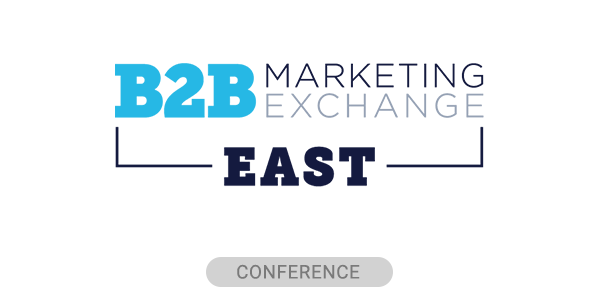Tariffs, trade wars, cyber threats, and economic uncertainty are resetting budget expectations, signaling a shift toward more cautious growth planning, according to Forrester’s 2026 Budget Planning Guides.
Organizations are now planning and preparing for both deeper budget cuts while being nimble and ready for investment opportunities. This is leading to protecting and prioritizing resources that create customer value, stopping spending on inefficient complexity, and embracing constant, low-cost experimentation to stay ahead.
“While conservative budget expectations are a fine starting point for 2026, now is not the time to get complacent,” said Sharyn Leaver, chief research officer at Forrester in a statement. “[Our guides] are designed to empower business leaders to invest wisely, scale back where needed, and experiment continuously to succeed in times of change.”
Guide to Budget Planning
Forrester’s Budget Planning Guides provide data-driven spending intention benchmarks and concrete recommendations for industries including B2B markets as well as the technology and security industries. The guides provide actionable insights for areas to deepen investments, divest budget allocations, and experiment to surface new opportunities.
Being bullish on the economy does not mean that certain industries see opportunities—86% of tech leaders across industries are expecting increased budgets from the year before. Financial services and healthcare tech sectors expect double-digit budget increases, driven by investments in generative artificial intelligent (GenAI), analytics, and threat intelligence.
2026 Key Insights
Forrester’s 2026 Budget Planning Guides cited areas to increase investment in for 2026: Data literacy and employee AI readiness programs. Investment is essential for persona-based data and AI literacy programs, training all employees on the responsible use of AI as well as how to interpret data and AI-driven insights.
On the other hand, cutback should be made for cloud-first strategy approach and legacy tech infrastructure. New sovereignty and resilience regulations, increasing geopolitical tension, executive pressure to reduce costs, and the growing number of production-ready GenAI use cases have switched the public cloud conversation from cloud-first to cloud-as-necessary.
Let’s Try This
The inbetween—where resources should be allocated on a limited basis for experimentation—is the sweet spots for Agentic AI for task automation, first within a single app and then across business apps. The report notes the disruptive potential of agentic AI should results in experimenting with autonomous AI agents that can perform tasks and make decisions independently. Forrester’s officials advise to start by prioritizing read-only/analytical apps to avoid the risk of breaking data entry or data quality rules.
Edge intelligence for industry-specific cases should be a focus as well. Enterprises can collect relevant inputs from mobile, internet-of-things, and other edge devices to provide customers with timely, use-case-driven insights. Wide deployment of edge intelligence solutions is expected over the next two to four years as developments occur in chipset functions, form factors, 5G networks, and powerful on-device and on-chip machine learning models.
“With no end in sight to today’s volatility, leaders should be prepared for both more aggressive cuts and unexpected investment opportunities, said Leaver. “They can achieve this through constant, low-cost experimentation and gain the edge to outmaneuver competitors the moment the opportunity strikes. “







